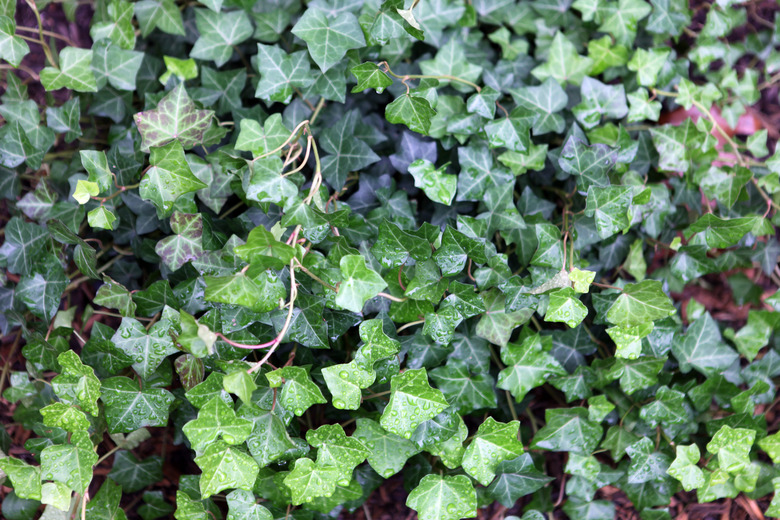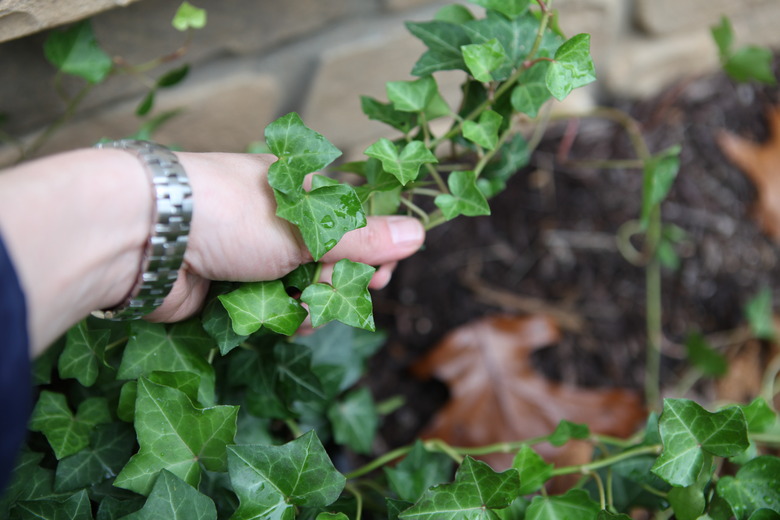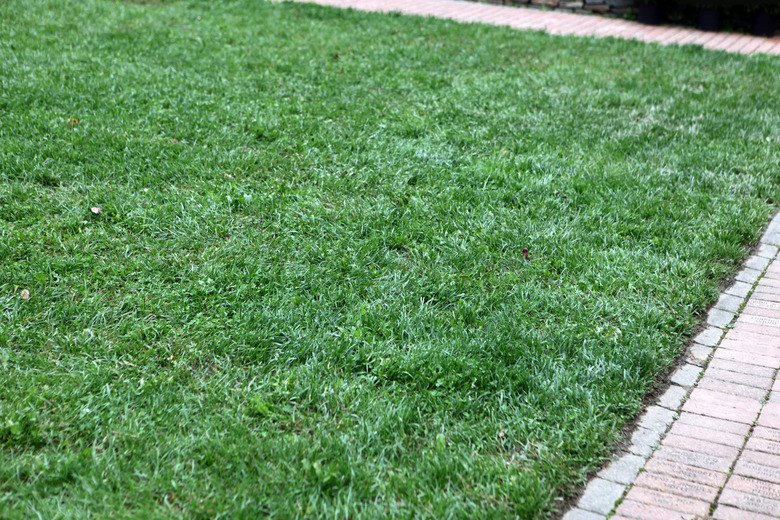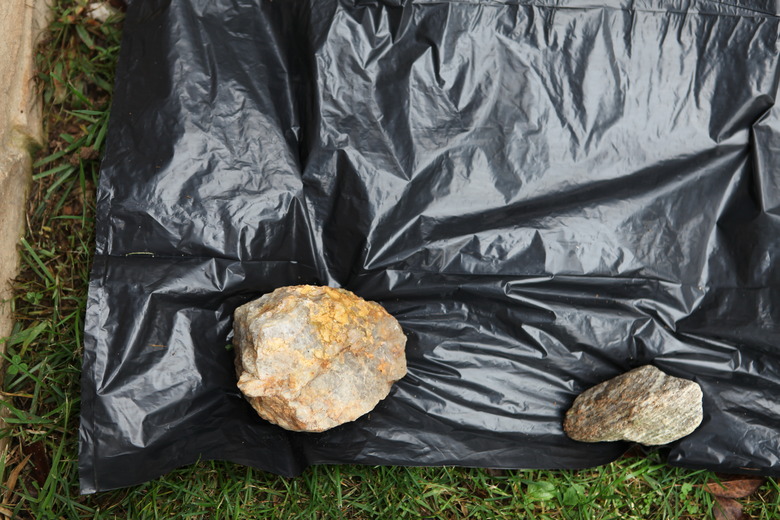How To Kill Ground Ivy
G[ [ground ivy ]](https://www.gardenguides.com/138666-common-lawn-weeds-kentucky.html)ound ivy (Glechoma hederacea), also called creeping Charlie, has rounded, aromatic leaves with scalloped edges, stems that are square in cross section and small purple spring flowers. The low-growing plant creeps along the ground, rooting wherever a leaf node touches the soil. It grows in most climates, from U.S. Department of Agriculture plant hardiness zones 3 through 10. Because of its rapid growth and ability to root readily, ground ivy may out-compete lawn grass, leaving you with a patchy lawn.
Integrated Pest Management
Taking an integrated, preventive approach to managing ground ivy helps reduce the need for chemical weed killers in your yard and helps rid the area of the weed for longer. For lawn areas, this means making sure the grass is healthy. Good care goes hand in hand with close monitoring, which makes it easy to detect ground ivy when it is young and easier to pull up. When you take this approach, you only need to turn to chemical weedkillers as a last resort.
Keeping Lawns Ivy-Free
Ground ivy grows in places where lawn grass struggles. Shade from trees, low soil fertility and poor drainage all favor ground ivy. Correcting these problems will inhibit ground ivy. Limb up nearby trees, if possible, to allow more sun in the area and plant shade-tolerant turf grass mixtures. Till in organic material before seeding new lawn areas to improve fertility. Relatively small-scale drainage issues may require changing nearby downspouts to eliminate sources of dampness or raising the area with an additional 10 to 12 inches of topsoil. Apply the topsoil to the area and till it in before seeding.
Removing Ivy Without Chemicals
Remove small infestations of ground ivy by hand-pulling. Pull all visible ground ivy, making sure you also remove the roots. Check the area periodically for signs of regrowth. For larger areas, soil solarization, which kills weeds and pests by using the sun's heat to "cook" them, may also work. To solarize an area with a ground ivy problem, place a large, black plastic tarp over the affected area, weighting the edges to keep it snugly in place. Leave the tarp in place for four to six weeks in the hottest part of the summer.
Herbicide Treatment
Ground ivy in lawns can be treated with chemical herbicide sprays containing tryclopyr. These products are best used during the ivy's active growth phase in spring or fall. Follow the manufacturer's instructions, use a tank sprayer and wear protective clothing and goggles. Do not use the spray on ornamentals, edible crops, shrubs or trees. Although rates vary, they may be 2 tablespoons herbicide combined with 1 gallon of water to treat 200 square feet of lawn. Spray evenly, to the point of runoff. Check the directions to make sure the product is suitable for use on the grass in your lawn.




